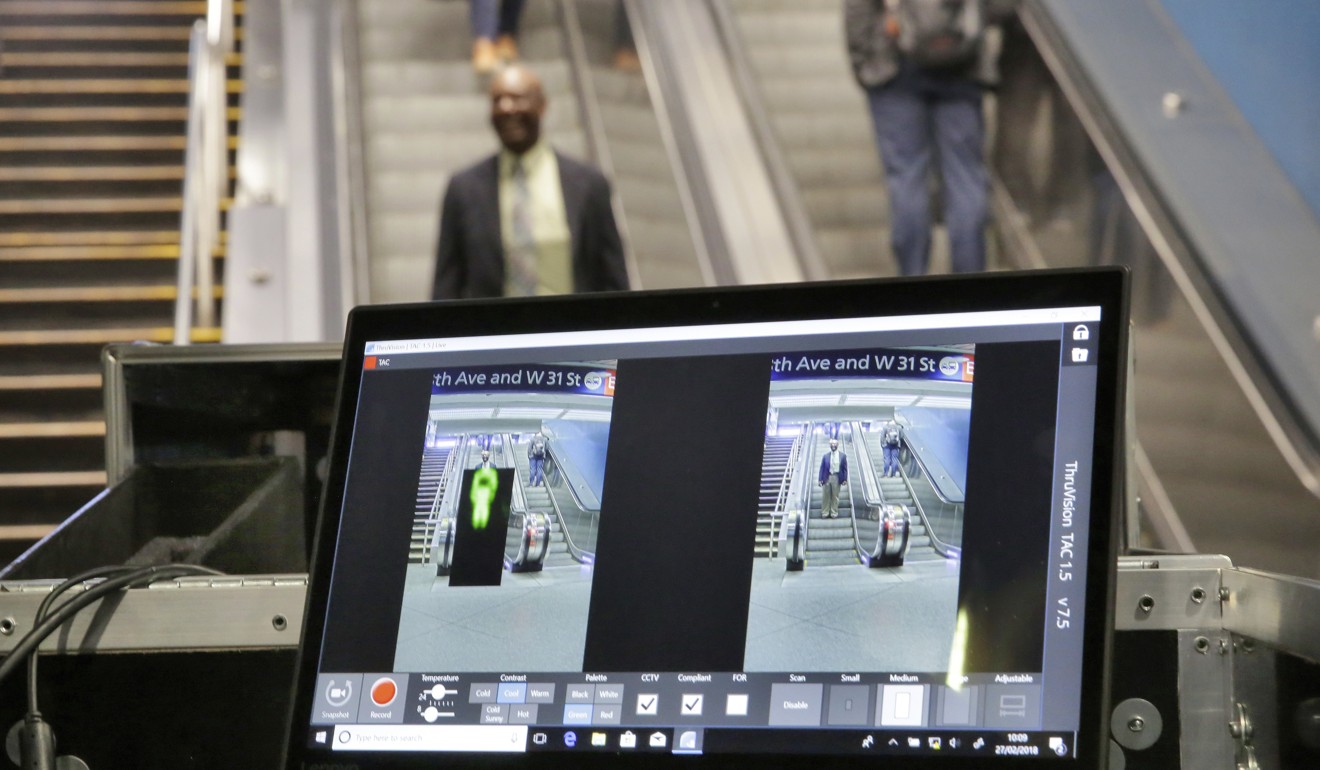
Los Angeles’ subway is first in US to install body scanners, looking for suicide vests and assault rifles
The ThruVision scanners can process 2,000 passengers per hour
Los Angeles’ subway will become the first mass transit system in the US to install body scanners that screen passengers for weapons and explosives, officials said Tuesday.
The deployment of the portable scanners, which project waves to do full-body screenings of passengers walking through a station without slowing them down, will happen in the coming months, said Alex Wiggins, who runs the Los Angeles County Metropolitan Transportation Authority’s law enforcement division.

“We’re dealing with persistent threats to our transportation systems in our country,” said Transportation Security Administration Administrator David Pekoske. “Our job is to ensure security in the transportation systems so that a terrorist incident does not happen on our watch.”
We’re looking for explosive vests, we’re looking for assault rifles. We’re not necessarily looking for smaller weapons that don’t have the ability to inflict mass casualties
On Tuesday, Pekoske and other officials demonstrated the new machines, which are being purchased from ThruVision, which is headquartered in the United Kingdom.
“We’re looking specifically for weapons that have the ability to cause a mass-casualty event,” Wiggins said. “We’re looking for explosive vests, we’re looking for assault rifles. We’re not necessarily looking for smaller weapons that don’t have the ability to inflict mass casualties.”
In addition to the ThruVision scanners, the agency is also planning to purchase other body scanners – which resemble white television cameras on tripods – that have the ability to move around and hone in on specific people and angles, Wiggins said.
“We really want to be effective and we need the ability to have a fixed field of view, but we also need to be able to move that field of view as necessary,” Wiggins said. “Deploying these technologies together gives us that accuracy and minimises any delays.”
Wiggins would not say how many of the machines were being purchased, but said they would be rolled out in subway stations in the “coming months.” Employees and police officers first have to be trained on how to use the equipment.
Signs will be posted at stations warning passengers they are subject to body scanner screening. The screening process is voluntary, Wiggins said, but customers who choose not be screened won’t be able to ride on the subway.
But some passengers saw the screening as an added layer of security.
“I guess it is a good, precautionary thing,” Andrea Kirsh said, a 22-year-old student from Corvallis, Oregon, who was travelling through Los Angeles’ Union Station on Tuesday. “It makes me feel safe. As a civilian I think we often don’t know what to look for or what we would be looking for.”
Passengers who rode down an escalator to ride the Metro Red Line at Union Station in Los Angeles on Tuesday were screened as Pekoske and other officials looked on. But after the news conference and media demonstration, officials packed up the equipment and carted it off.
The TSA tested body scanners in New York’s Penn Station in February and has also conducted tests at Union Station in Washington and at a New Jersey Transit station during the 2014 Super Bowl.
In December, a Bangladeshi immigrant injured himself by setting off a crude pipe bomb strapped to his chest in a subway passageway near Times Square in New York City.
Metro has previously tested several different types of body scanners, including airport-style screening systems where passengers walk through a scanner. The pilot programme was meant to evaluate the accuracy and capacity of the portable machines.
About 150,000 passengers ride on Metro’s Red Line daily and the subway system counted more than 112 million rides last year, officials said.

